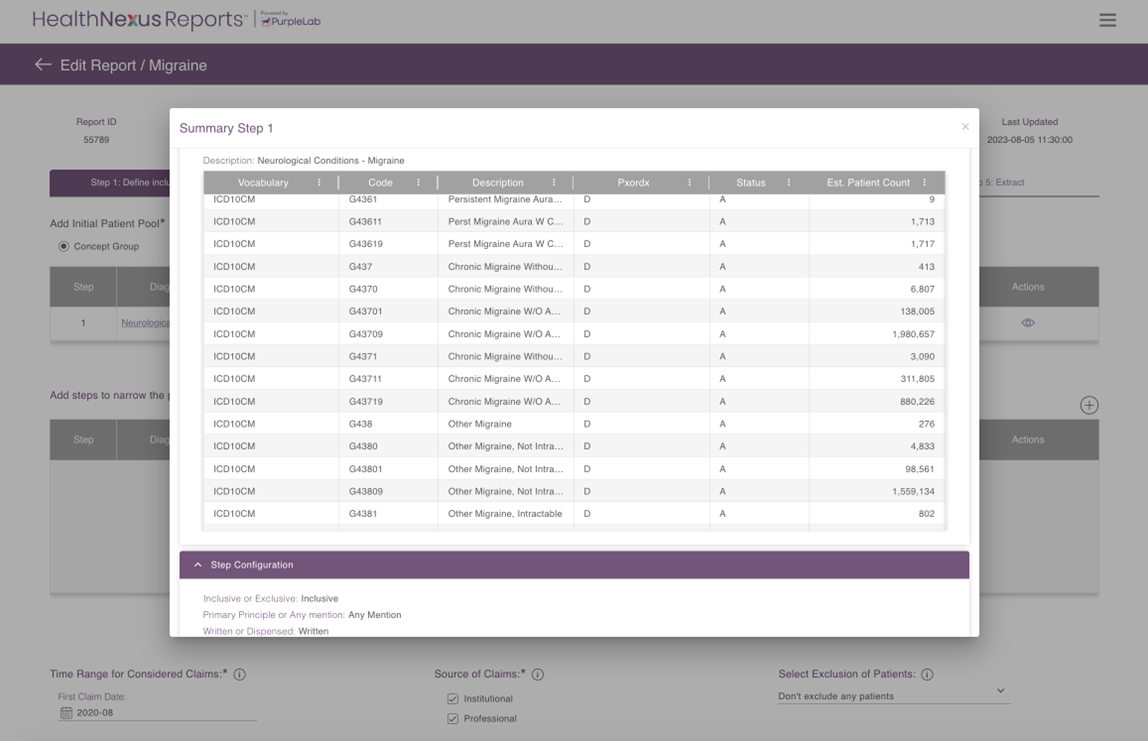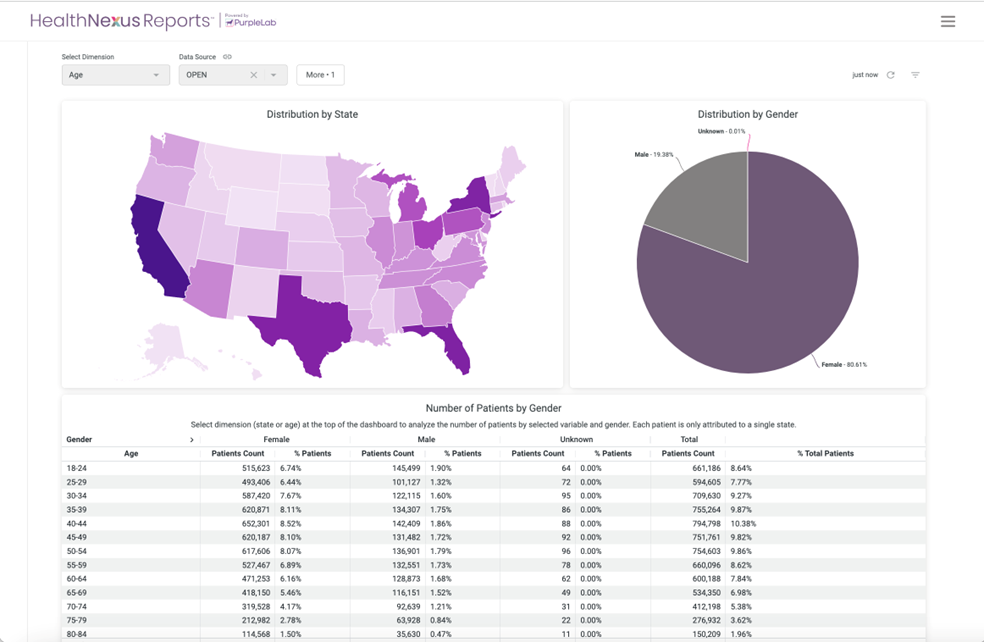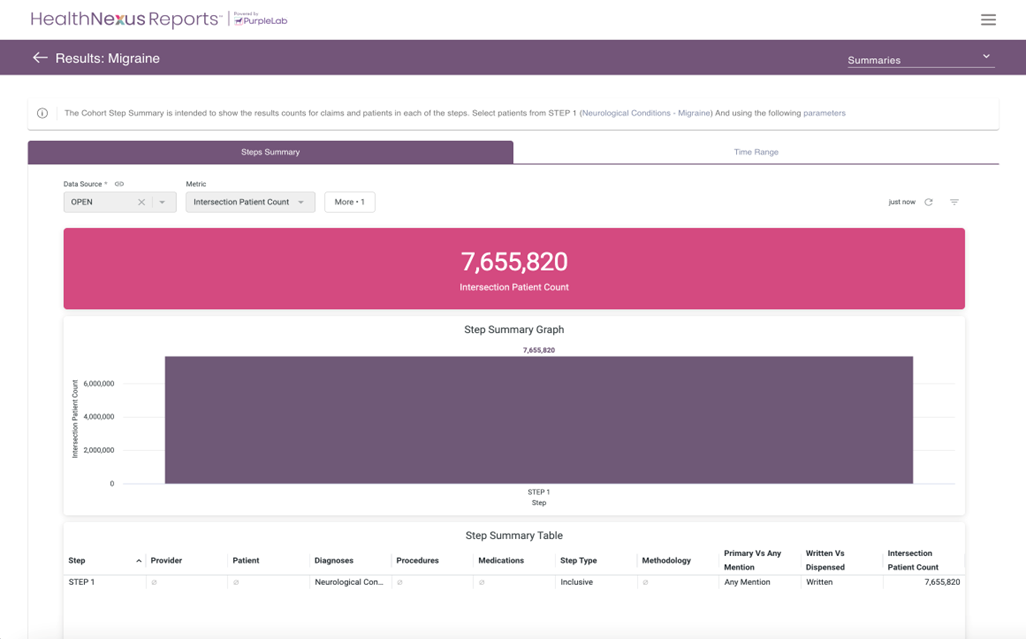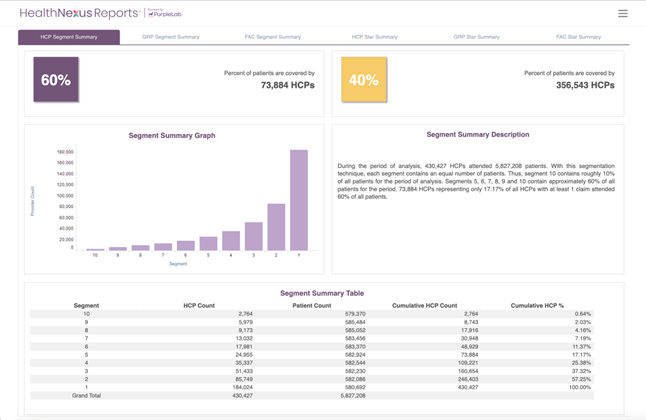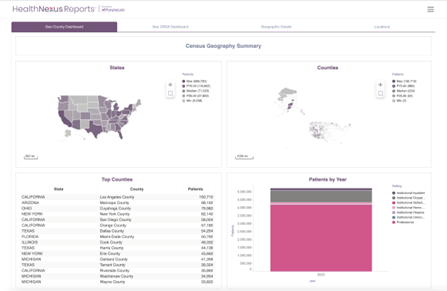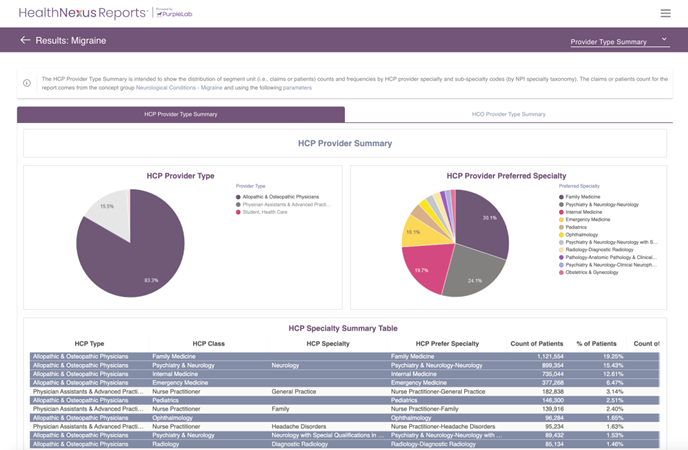Creating a holistic direct to consumer (DTC) and healthcare provider (HCP) marketing strategy from scratch is a demanding task, especially if you don’t have the clinical expertise to precisely identify the consumers or providers you should be targeting. We’re here to give you 5 simple steps to creating a holistic DTC and HCP targeting strategy that doesn’t require clinical expertise. You’ll also get to see the 5 steps in action using a real life example of the migraine diagnosis and treatment using the migraine medication, Nurtec.
1. Identify the patient population you’re looking for using the specific conditions, procedures, tests, and prescriptions that align with your brand’s indications. Review NDC, ICD-10 codes and view patient counts to understand what patient populations look like to form the basis for further exploration of patient and provider populations. Understand geographic details, demographic information, insurance provider and social determinants of health of a provider’s patient population. Gain a better understanding of the consumers you’ll be marketing to, how to segment them and the messaging that might resonate.
Example: Identify the patient population who suffers from migraines using groups of NDC, ICD 9 and ICD 10 codes and further explore the patient population.
2. Explore providers for your brand’s indications to analyze, and compare any provider, facility, and group practice to understand high value providers and their affiliations. Use this information to further segment the HCP audience and develop relevant messaging and targeting strategies.
Example: Understand which providers are treating patients with migraines, where they’re located, deciling information, healthcare organization and NPI details.
3. Better understand prescription analytics and understand prescribing trends for your brand and the competition. Analyze prescribing trends over time, which of your competitors have a larger market share and where there are opportunities or gaps to cover with your advertising.
Example: View geographic prescribing details, trends and market share for Nurtec and two competitors, Ubrelvy and Qulipta.
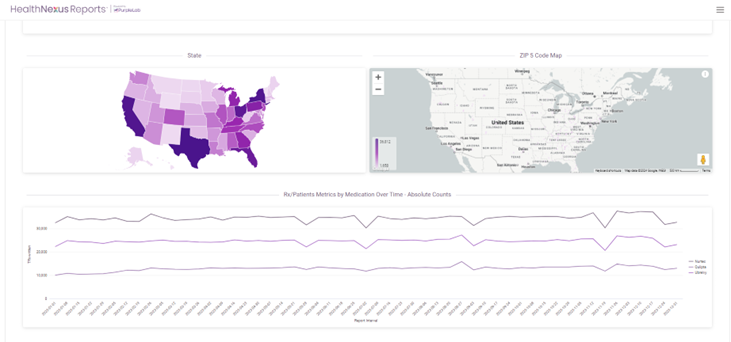
4. Size your patient and HCP populations and combine with planning insights. Understand what the overall consumer and HCP audiences look like to make informed decisions about channels that might resonate with each group.
Example: View the patient populations and insights for migraine diagnosis and Nurtec prescriptions and connect them to the provider populations and insights.
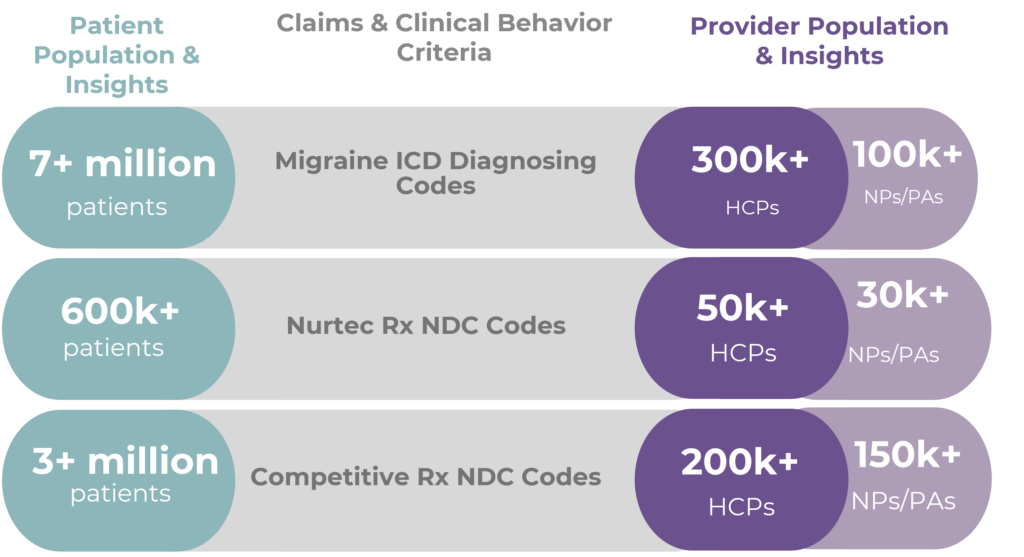
5. Create privacy-safe audiences and distribute to a multitude of destinations and channels including across programmatic, social, and CTV environments.
Example: Create a consumer audience modeled after the patient population you discovered in step 1 and generate an opted-in provider list based on the providers you discovered in steps 2-3. Send both to your destination of choice.

Are you ready to start creating smarter media plans that are based on the right data? Reach out to advertisingsales@purplelab.com today to see how we can help!
Want a downloadable version of this post? Click the link below!
Why PurpleLab®?
PurpleLab provides a real-world data [lab], accelerating the discovery and adoption of healthcare innovations. We want to improve collaboration across the total healthcare marketing ecosystem from life science companies to agencies to advertising technology companies. Built on one of the largest medical and prescription claim data warehouse including specialty data.
